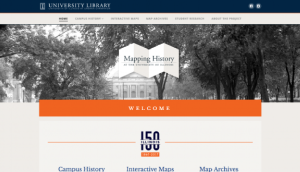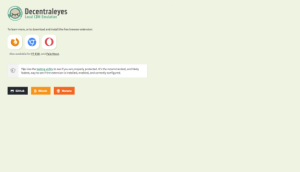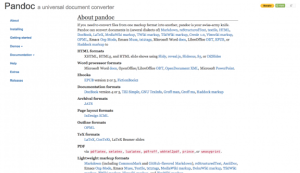 |
April 13, 2018 Volume 24, Number 15 |
Research and Education |
General Interest |
Network Tools |
Revisited |
In the News |
Research and EducationBack to Top | |
 |
|
 |
|
 |
|
 |
|
 |
|
 |
|
 |
|
 |
|
General InterestBack to Top | |
 |
|
 |
|
 |
|
 |
|
 |
|
 |
|
 |
|
Network ToolsBack to Top | |
 |
|
 |
|
RevisitedBack to Top | |
 |
|
In the NewsBack to Top | |
New Study Reveals that Costa's Hummingbirds Can Whistle With Their Tail Feathers | |
|
This Hummingbird's Tale Whistles, and No One's Sure Why These hummingbirds aim their singing tail feathers to wow mates Researchers show how male Costa's hummingbirds control the acoustics of a tail song produced during high-speed dives Strategic Acoustic Control of a Hummingbird Courtship Dive All About Birds: Costa's Hummingbird Doppler effect: reflection off a moving object On April 12, Christopher Clark and Emily Mistick of University of California at Riverside published a study in Current Biology that offers new insights into the mating rituals of Costa's hummingbirds. During mating season, males perform dives near the female hummingbirds they hope to woo. As they do so, the males produce a high-pitched whistling sound that comes from an unusual source: their tail feathers. To learn more about the Costa's hummingbird and their unusual whistles, the research team recorded these birds using an acoustic camera. In addition, Mistick performed experiments with the hummingbird's feathers in a wind tunnel in order to analyze how speed impacted the feathers' whistle. The team found that airspeed increased the pitch of the whistling, providing female hummingbirds with potentially helpful information about the diving male hummingbird's athleticism. However, the team also found that the male birds did not dive directly in front of the female birds; rather, the male birds dived just to the side of female birds. In doing so, the male birds minimized the Doppler effect (which causes noises to become higher in pitch as they approach the listener), obscuring clues to the female hummingbirds about their athleticism. Why might male hummingbirds want to limit the Doppler effect? One possibility is that male hummingbirds may be looking for a way to cheat at this mating ritual by making it harder for female hummingbirds to assess their strength. Another possibility is that females may look for other clues in a mate, such as the aestheticism of a dive. [MMB] The first three links take readers to summaries of this new research study. These summaries were authored by Ed Yong at The Atlantic, Susan Milius of Science News, and from Phys.Org. Those interested in checking out the research study can do so via the fourth link. For readers interested in learning more about the Costa's hummingbird, the fifth link is to the Cornell Lab of Ornithology's All About Birds page dedicated to the species. Finally, the last link takes readers to a Khan Academy video all about the Doppler Effect. | |





